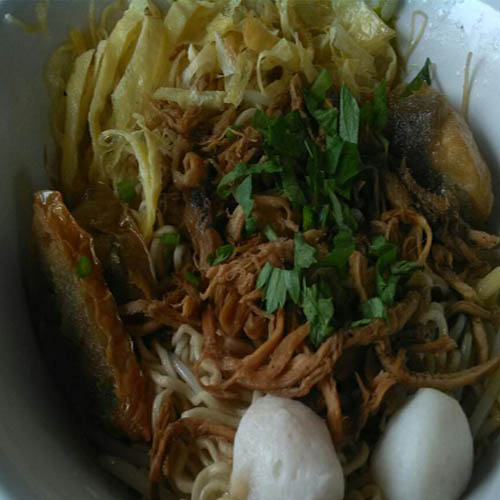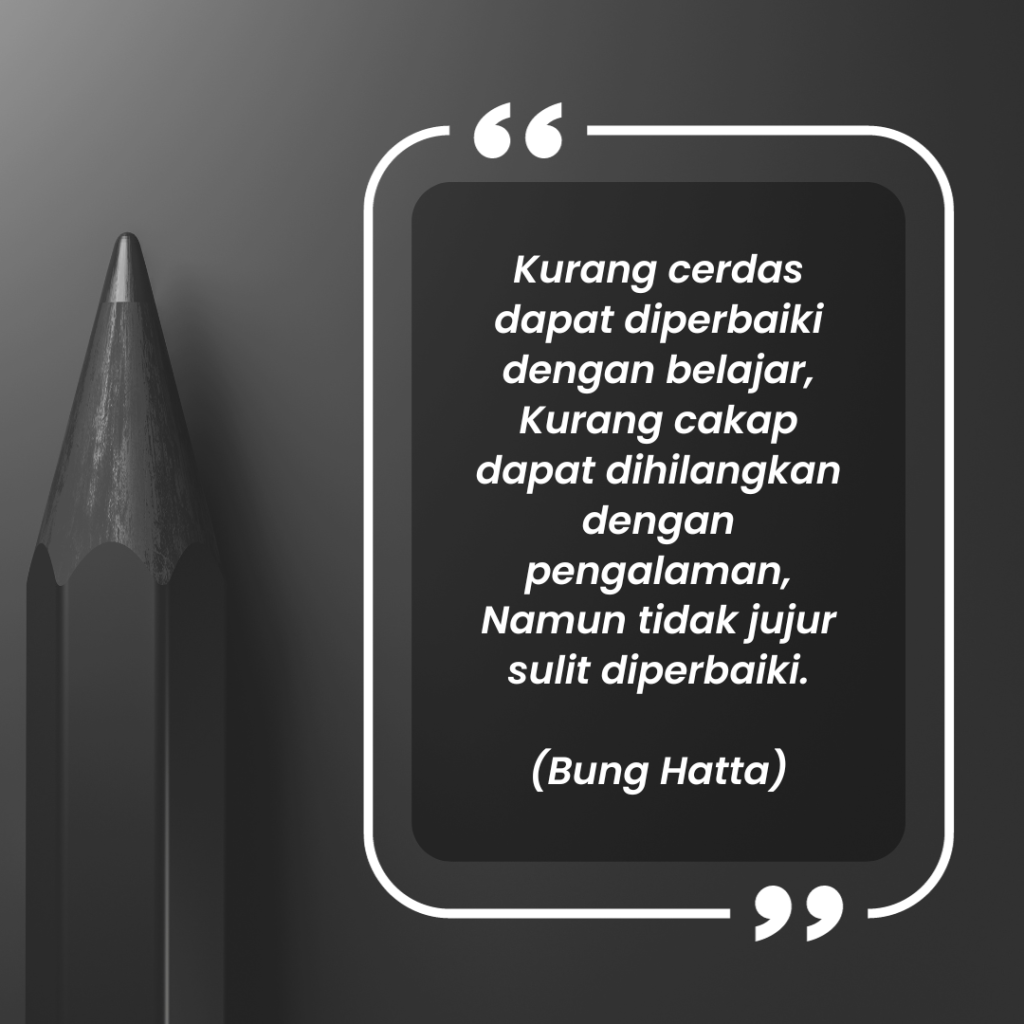Basically the noodles is a staple food of the world. Noodles made from flour milled and processed at the start in the basic shapes to elongated and also with a great variety of forms. Noodles is famous for its long straight though Noodles are also in the form of a wavy, thin yarn, such as tubes and also cut short.
It is usually cooking by boiling at pot it also to adding by oil or salt. The noodles are often serving with a various seasoning into a soup. At present day noodles also are able to storing in a dry form into the refrigerator to cook for the future.
Own famous noodle with assorted variations of names like Noodle Instant, Spaghetti, macaroni, Lasagna, Pasta, Kwietiau as well as of the noodle in which this time we will discuss about the Bakmi.
Bakmi consists of two Hokkien Chinese words literally translated to English as “Pork noodles” (肉麵, Pe̍h-ōe-jī: bah-mī). Bakmi is a wheat based noodle which was brought to Southeast Asia by Chinese immigrants with Fujian or Hokkien origin, generally prepared and topped with minced pork seasoned in soy sauce and few sliced of char siu (叉燒) or barbecued pork, with addition of Chinese green vegetables and a bowl of broth.
Today, bakmi become one of common noodle dish, and especially in Southeast Asia which have significant Chinese populations. The dish has also been further developed to more closely align with the local tastes. Bakmi is between Chinese style wheat noodles and Japanese udons in thickness, and there are several variants of bakmi in Indonesia. Although the name bakmi literally translate to “pork noodle”, different types of meat might be used, including chicken and beef also Seafood. Variation includes mie ayam (chicken noodle) and mie goreng (stir fried noodle in sweet soy sauce).
Talking about Bakmi I will introduce a delicious Bakmi dish that is Stewed it’s name Bakmi Subuh, From Indonesian language Subuh Means Dawn.
I don’t know a history why it happen. Bakmi Subuh itself comes from Singkawang a name of City in West Kalimantan. Where is the city itself famous with amoy and Chinatown. However it does not using the materials forbidden by Islam.
Yes, the place it’s using beef and seafood, to sense its own arguably very sated and be alternative if you visit to West Kalimantan.












